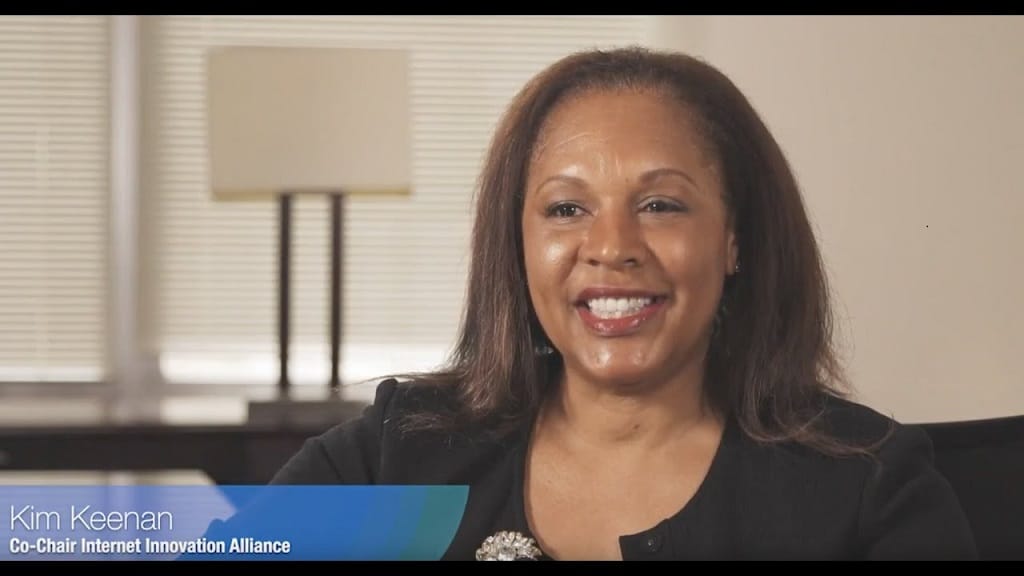Outreach ‘Most Valuable Thing’ for Emergency Broadband Benefit Program: Rosenworcel
FCC Acting Chairwoman Rosenworcel said EBB will benefit tremendously from local outreach efforts.
Ahmad Hathout

WASHINGTON, September 13, 2021 – The head of the Federal Communications Commission said Monday that a drawback of the legislation that ushered in the $3.2-billion Emergency Broadband Benefit program is that it did not include specific funding for outreach.
“There was no funding to help a lot of these non-profit and local organizations around the country get the word out [about the program],” Jessica Rosenworcel said during an event hosted by the Internet Innovation Alliance about the broadband affordability divide. “And I know that it would get the word out faster if we had that opportunity.”
The program, which launched in May and provides broadband subsidies of $50 and $75 to qualifying low-income households, has so-far seen an uptake of roughly 5.5 million households. The program was a product of the Consolidated Appropriations Act of 2021.
“We gotta get those trusted local actors speaking about it because me preaching has its limitations and reaching out to people who are trusted in their communities to get the word out – that is the single most valuable thing we can do,” Rosenworcel said.
She said the FCC has 32,000 partners and has held more than 300 events with members of Congress, tribal leaders, national and local organizations, and educational institutions to that end.
“Anyone who’s interested, we’ll work with you,” she said.
EBB successes found in its mobile friendliness, language inclusion
Rosenworcel also preached the benefits of a mobile application-first approach with the program’s application that is making it accessible to large swaths of the population. “I think, frankly, every application for every program with the government should be mobile-first because we have populations, like the LatinX population, that over index on smartphone use for internet access.
“We gotta make is as easy as possible for people to do this,” she said.
She also noted that the program is has been translated into 13 languages, furthering its accessibility.
“We have work to do,” Rosenworcel added. “We’re not at 100 percent for anyone, and I don’t think we can stop until we get there.”











Member discussion